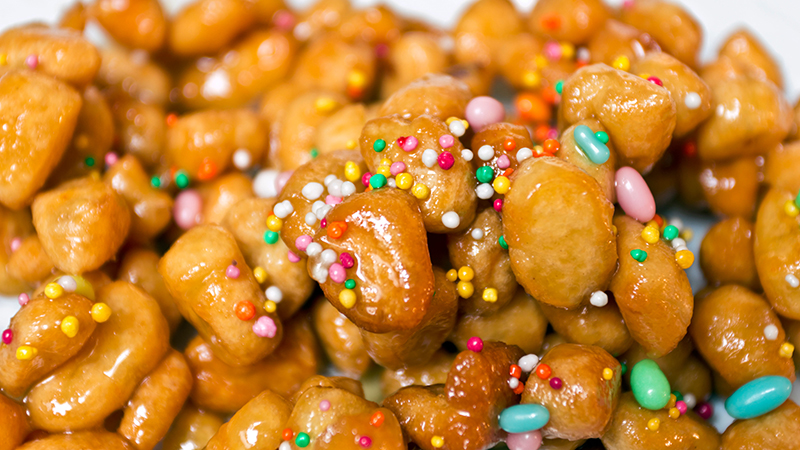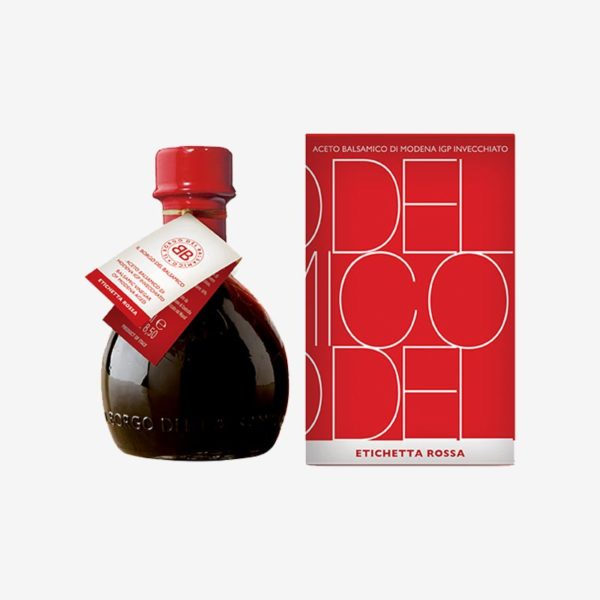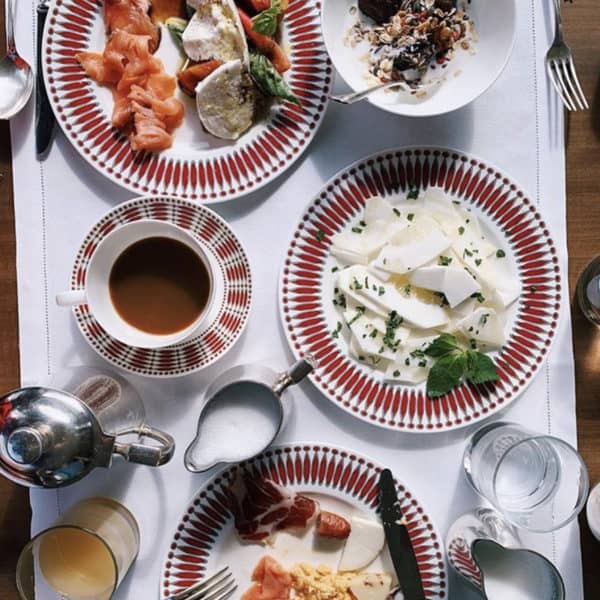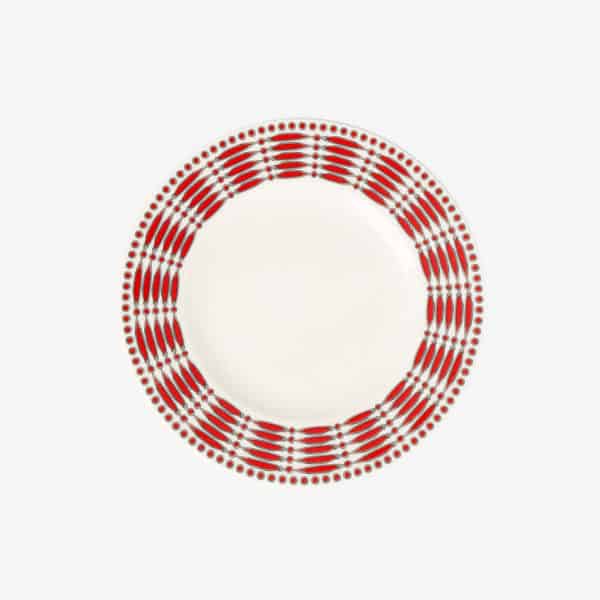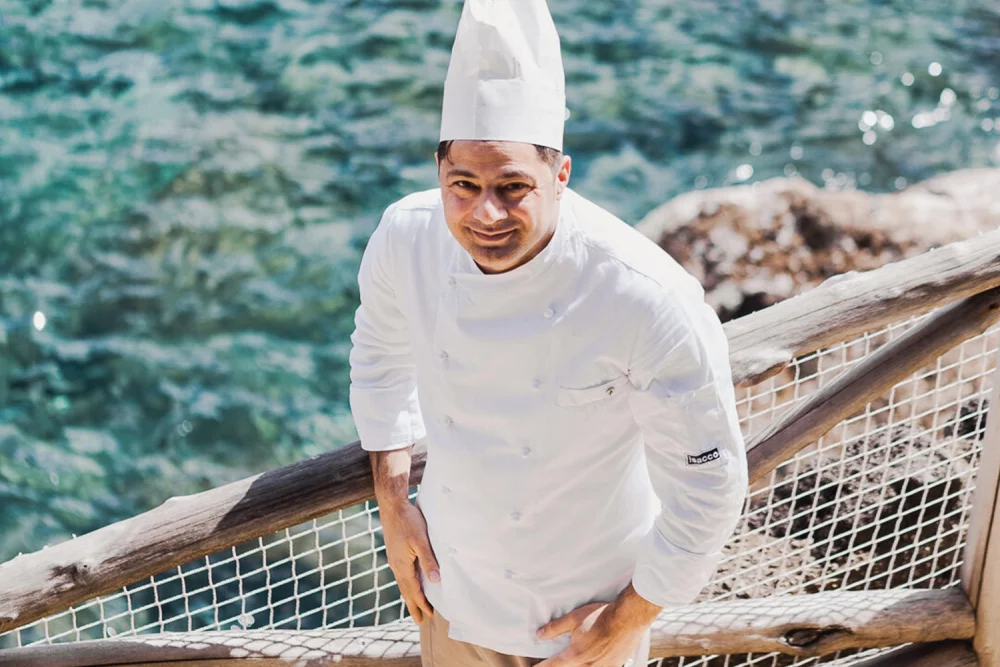
Mezzatorre Hotel Chef Giuseppe D’Abundo shares his Santo Stefano menu
If you think Christmas feasting ends on Christmas Day, think again. In Italy, banquets and family time take place almost every day – including, of course, Santo Stefano on December 26.
You read that right. As if eating to our heart’s content on December 24 AND 25 wasn’t enough, Santo Stefano – known as Boxing Day in Anglo-Saxon countries – is marked with yet another multi-course meal in the Bel Paese, because, really, if we don’t indulge to very fullest now, then when?
The lunch can take different iterations depending on the families you’re with or the regions you’re in. Some keep it as a low-key affair, only ensuring there’s still plenty of panettone to go around. Others pull all the stops (again,) putting on lavish celebrations that involve yet more incredible food.
We personally fall right between the two approaches – as does Mezzatorre Hotel & Thermal Spa Chef Giuseppe D’Abundo. Not one to shy away from a delectable feast, D’Abundo recognises that you might not have the appetite for a grand banquet on the 26, which is why his personal Santo Stefano menu leans on the lighter side of things, while still honouring traditions.
Ready to get inspired?
Skip the antipasto and go straight to the primi
As much as this might sound like sacrilege to your nonna, D’Abundo believes you don’t have to whip up a seven-course meal on Santo Stefano. Chances are you’re still full from the day before, so skipping the antipasti – and time spent in the kitchen – is totally acceptable. Boxing Day is more about coming together once again to continue the games, discussions and karaoke sessions from the previous feast, so while a great meal is still key, you don’t have to fret over elaborate things. After all, “everybody has been cooking for the past week” D’Abundo says. So chill and opt for a universal crowd-pleaser on the table: pasta.
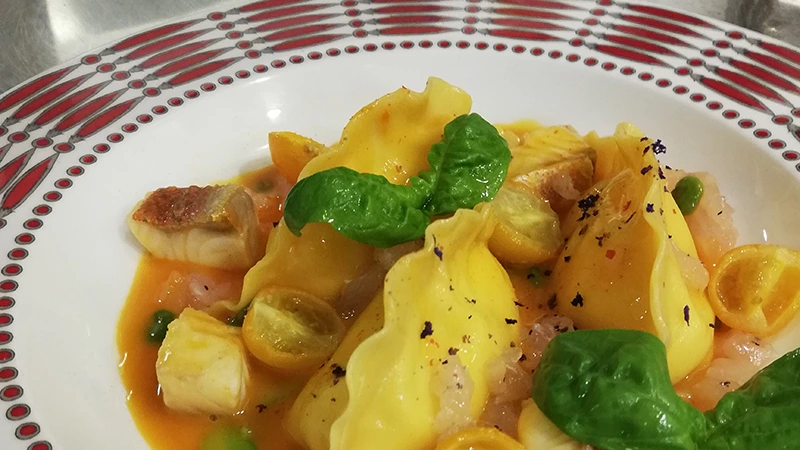
He suggests two options, inspired by his adopted home of Ischia and Mezzatorre: scialatelli with seafood and fagottini stuffed with burrata and cooked and raw sea gurnard.
“Fish and seafood are a quintessential part of Campania’s – and Ischia’s – culinary traditions,” D’Abundo says. “And they always inspire my cooking, all the more so when it’s for a special celebration.”
Light and simple, both dishes are ideal after all the heavy eating done at Christmas, and conjure images of alfresco lunches, sea adventures and summer travel – everything you’d want this time of year.
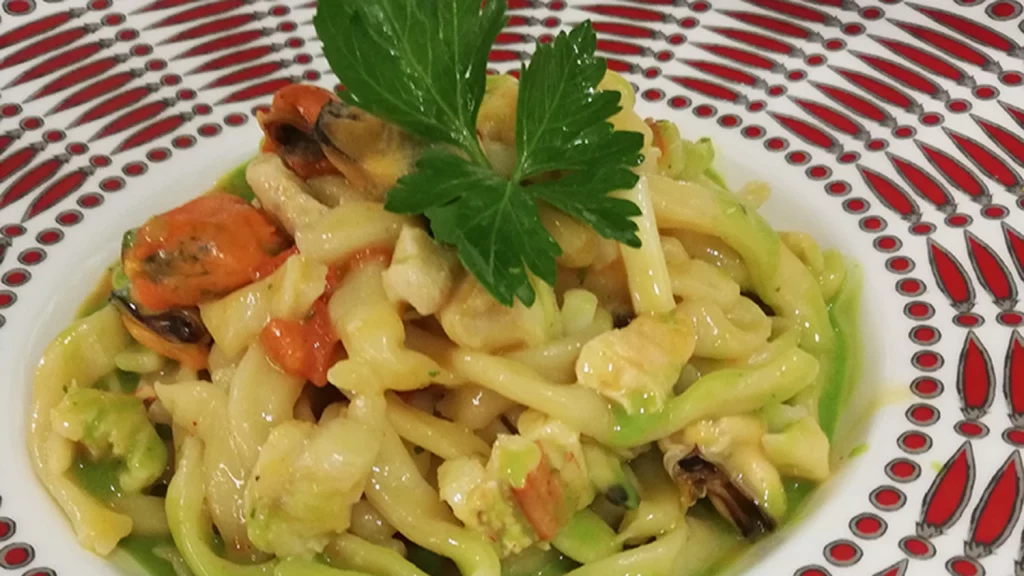
How to
Can’t get hold of fresh pasta like scialatelli or fagottini? Dry spaghetti will do, too – as long as they’re excellent quality and 100% Italian. We recommend Verrigni Slow Drying Bronze Spaghetti, the most authentic, delicious and high quality of pasta brands. Make a sauce of fresh tomatoes, garlic, chilli, lemon zest and generous amounts of olive oil, then add white fish, sardines or fresh seafood to it and, when everything’s come together, cook the pasta and add it to the mix. Savour, and pretend you’re in Italy.
Keep things light with your secondo
Rather than staying home all day again, Santo Stefano is a good day to head outside of your domestic comfort and meet friends for a stroll around your city, a walk in the park, or another round of presents-swapping. That is all to say that it’s ok to keep lunch short and sweet. For D’Abundo, that means serving a tantalising secondo to wow your guests, then moving on to dessert.
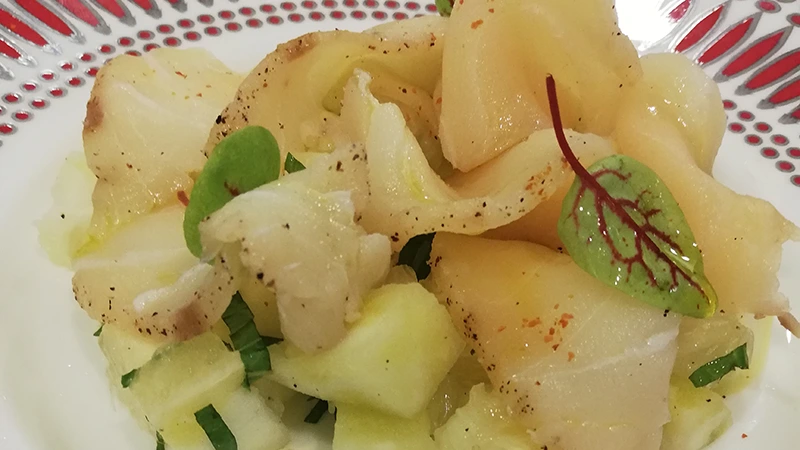
His favourite dish for the occasion, he says, it’s pezzogna (blackspot seabrim), a typical island fish that’s fished all year in Ischia. “I like to serve pezzogna I’ve personally caught,” he says. “I’m lucky enough to be able to go fishing sometimes, and I love serving my guests the fruits of my work.” He proposes the fish all’isolana – i.e. pan-fried gently with potatoes, courgettes and tomatoes, to keep its meat soft, juicy and fragrant.
How to
To delve deeper into the art of Italian cooking, consider getting Science in the Kitchen and the Art of Eating Well for yourself or a loved one. First published in 1891, this is the most significant Italian cookbook of modern times, and a treasure trove of Italian gastronomy.
And to end…
Panettone, of course! For D’Abundo, the sweet bread is a must, as are sweets typical of the Campanian tradition: struffoli (deep fried balls of sweet dough), roccoco (taralli-shaped spiced cookies) and mostaccioli (diamond-shaped, spiced cookies covered in chocolate icing). We told you there was a good reason to keep lunch light…
